Krishna Vamsi Chandu
Welcome to my portfolio! With over 3 years of experience in Full Stack Development, I specialize in crafting software that's not just functional but also scales seamlessly, prioritizes security, and operates with efficiency.
I have a passion for building projects that leverage a variety of frameworks, tools, and AI advancements, allowing me to explore my creativity while delivering practical solutions. Beyond coding, I'm an enthusiastic researcher in Computer Vision and Machine Learning. My dedication lies in applying the latest developments in these domains to address real-world challenges.
Let's connect and journey together through the exciting realms of software and innovation. Feel free to get in touch using the contact information below.
EDUCATION
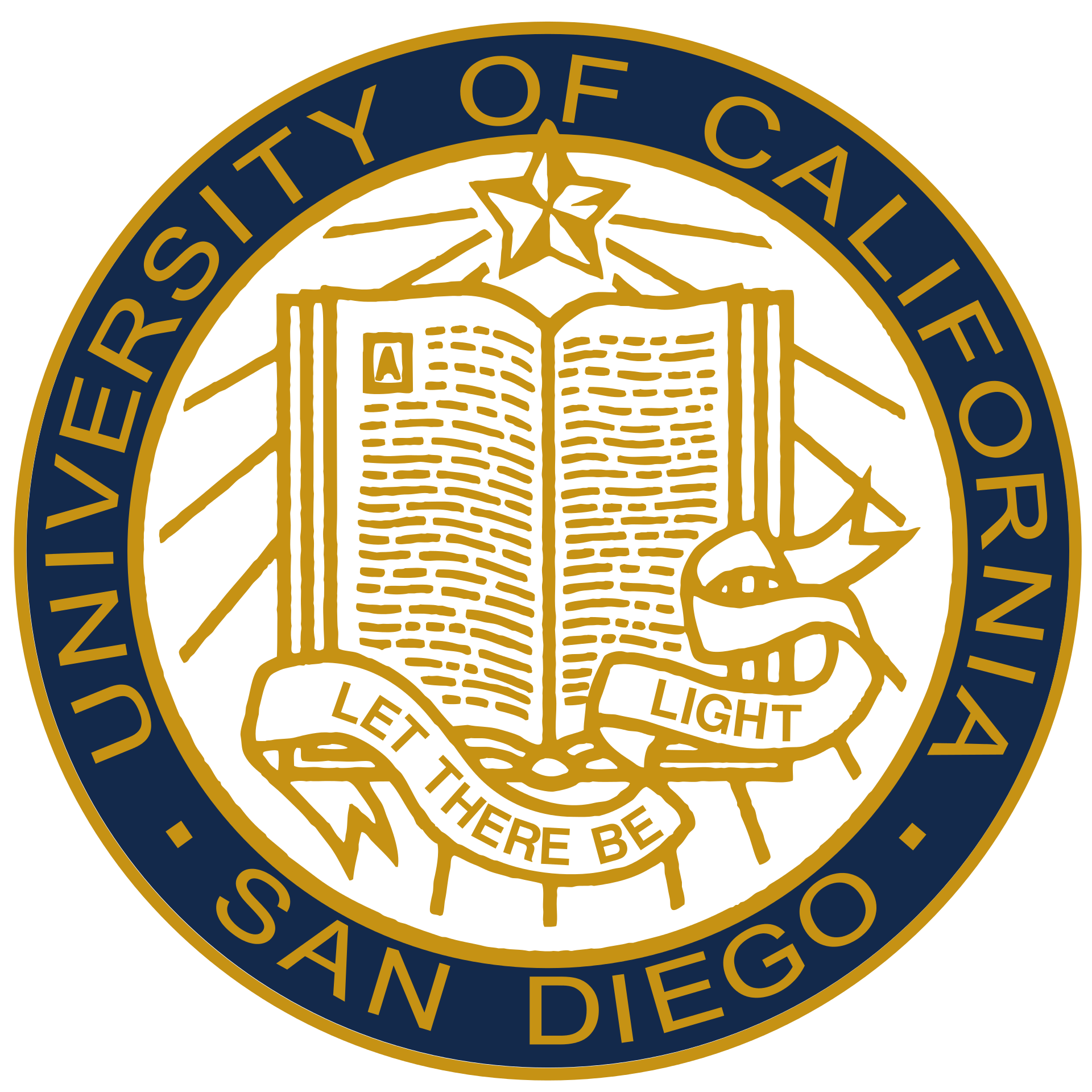

Master of Science in Computer Science
Specialization: Artificial Intelligence/Computer Vision
Teaching Assistant: AI Assisted Math and Programming (Python) for Business Analytics
Graduate Student Researcher: Mobile Systems Design Lab
- Advanced Computer Vision
- Statistical Natural Language Processing
- Introduction to Visual Learning
- Graduate Network Systems
- Algorithm Design and Analysis
- Search and Optimization
- Computer Vision - 1
- Recommender Systems and Web Mining
- AI: Probabilistic Reasoning and Learning
INDUSTRY EXPERIENCE


College of Architecture, Design, and the Arts: UIC
Full Stack Developer
- Boosted user engagement by 20% by integrating vital features such as e-commerce payments, user registration systems into student and customer facing university websites using JavaScript and NodeJS
- Designed and developed a PHP-based WordPress plugin, streamlining website migration and modernization by facilitating, the import of web content and image data from outdated Drupal infrastructure and SQL databases
- Created a dedicated web application using ReactJS and NodeJS for efficient management of the university museum’s art collection consisting of over 5500 artifacts across diverse categories. Implemented multiple user tiers, item tags, and cataloguing features to enhance inventory management.
RESEARCH EXPERIENCE
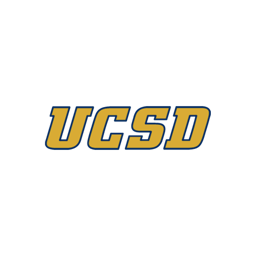

Virtual Physical Therapy - Mobile Systems Design Laboratory
Pose Estimation Models, LLMs, and React Native App Development
- Conducting research to develop a remote training and recommendation system for Physical Therapy. The system utilizes 3D pose estimation and segmentation models to detect and provide feedback on patient performance.
- Currently implementing a voice-controlled chat bot that utilizes LLMs, React Native, and ExpressJS to enhance patient interaction and exercise experience. Investigating the integration of vision-language models for real-time video understanding and accurate feedback generation.
PROJECTS
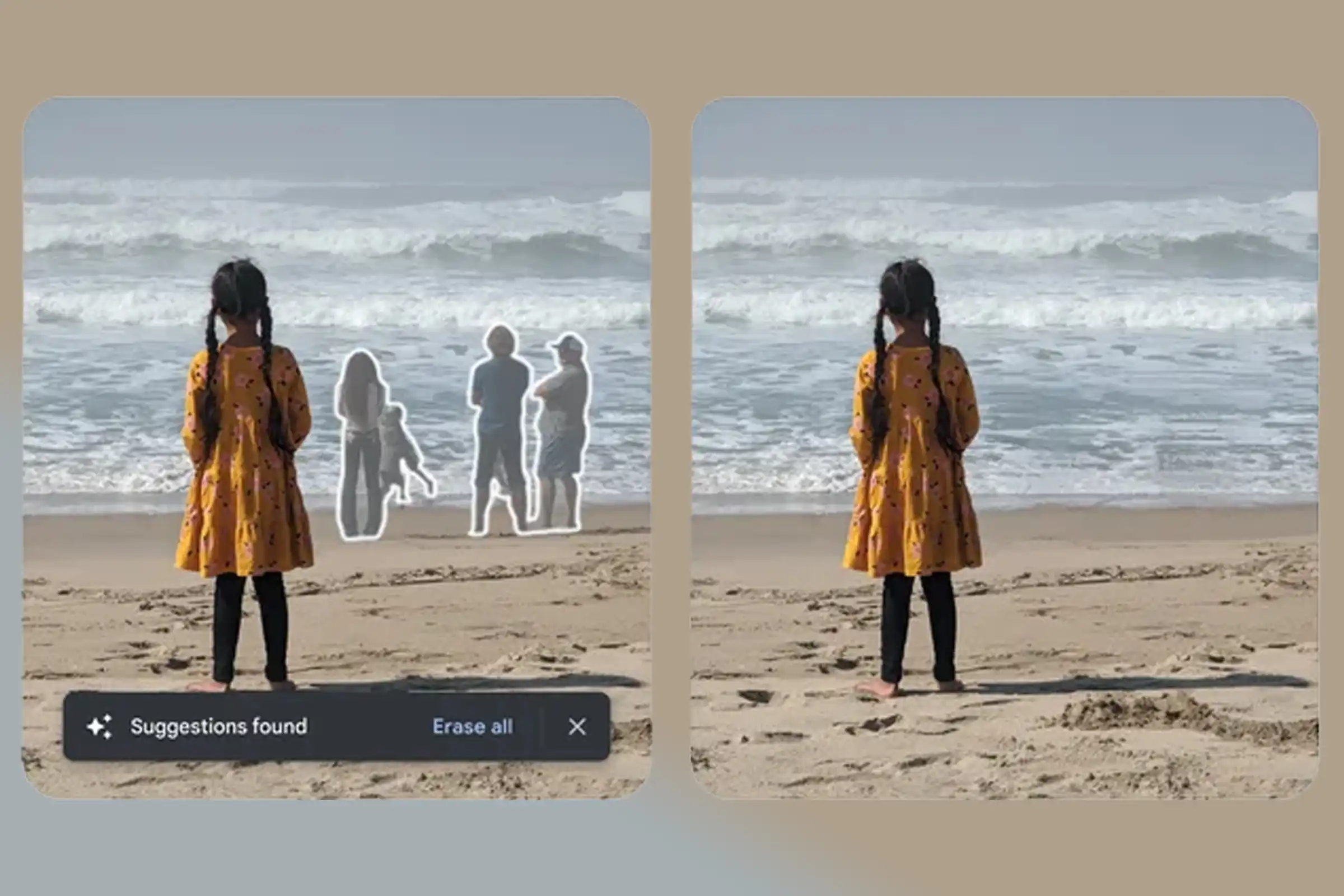
Instance Eraser
Using Google Pixel's Magic eraser as inspiration, utilized Generative models to remove objects from images. Utilized MaskRCNN for object segmentation and GANs for inpainting. Implemented UI using Streamlit.
Github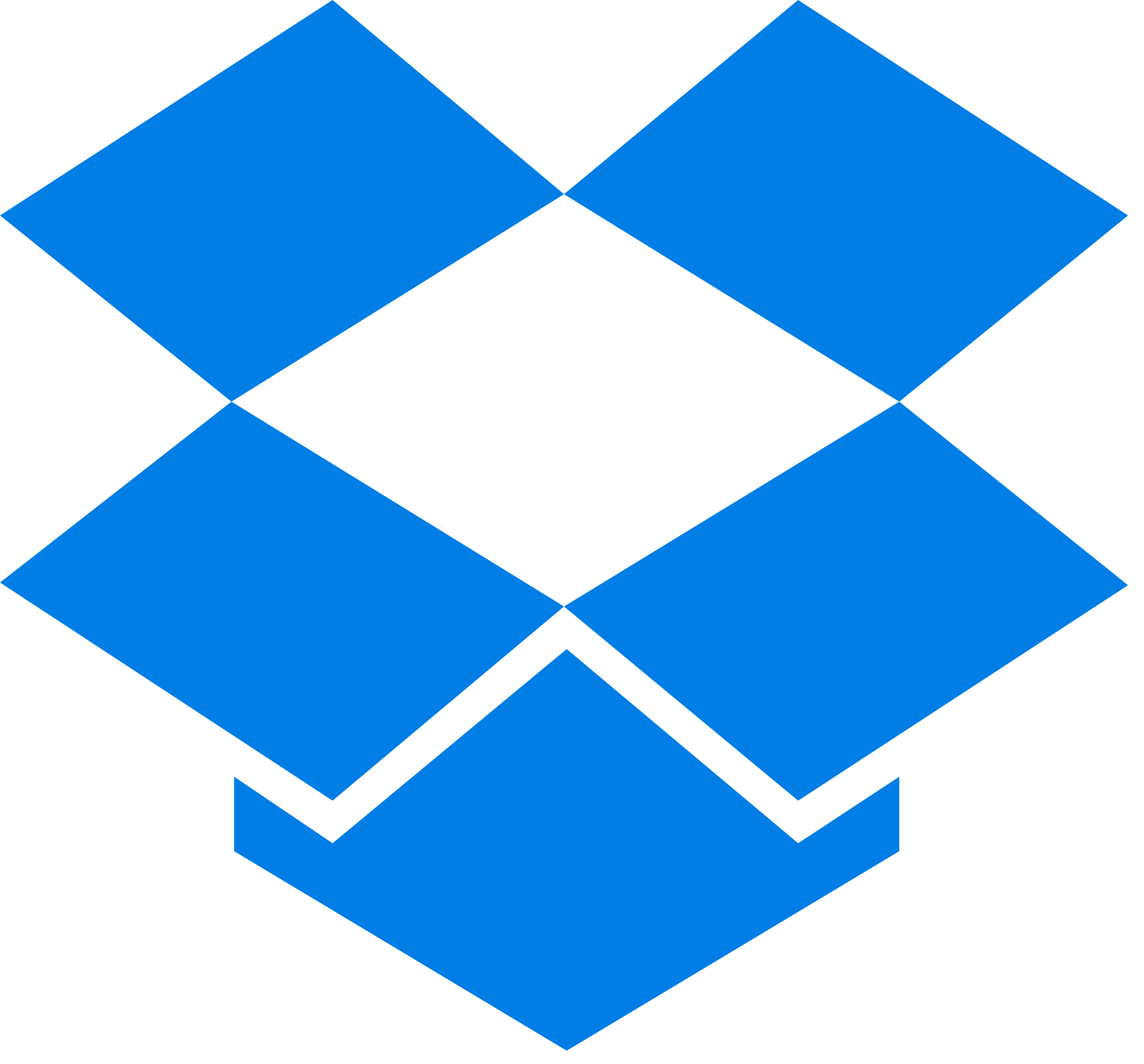
SurfStore
Developed a fault-tolerant web server in Golang with robust file handling capabilities by incorporating consistent hashing, file version management, file fragmenting, and the RAFT consensus algorithm. Optimized parallel processing using Go Routines. Leveraged gRPC for efficient client-server communication, enabling seamless marshaling and unmarshaling of user upload and download operations.
Github
Steam Recommendation System
Developed a recommendation system that utilizes user Steam history and observed game trends to predict the probability of a user playing a specific game. Utilized Factorization Machine Models and Latent Factor Models to predict the likelihood and expected playtime for each game.

Chess Move Suggestor
Developed a tool that leverages TensorFlow-based vision algorithms and the Stockfish engine to recommend optimal moves in live online chess games, with CNNs achieving over 95\% accuracy in piece identification across multiple design themes.
Github
Optical Flow Predictions
This GitHub repository serves as a reimplementation of RAFT-S, a compact variant of the state-of-the-art RAFT (Recurrent All Pairs Field Transforms) model. The purpose of this project was to gain a deeper understanding of the complexities involved in the RAFT model. RAFT-S was chosen due to its smaller parameter space, making it more approachable for learning purposes. By exploring and reconstructing RAFT-S, this repository offers valuable insights into the inner workings of the RAFT framework.
Github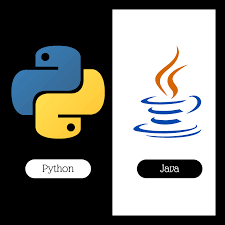
Code Translation
Utilized Large Language Models like CodeBERT, CodeT5, TransCoder, and traditional Seq2Seq models to perform code translations from Java to Python. Utilized scraping tools to curate a specific dataset for finetuning and evaluation purposes.